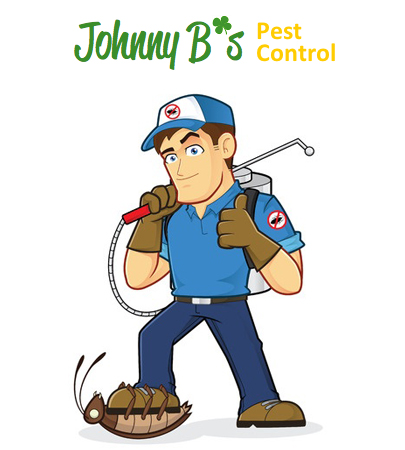Fungus gnats are tiny black insects that lay eggs within moist plant soil. These insects often become particularly abundant in heavily watered outdoor gardens, but they can also become a significant nuisance within homes. Many fungus gnat infestations start when the insects gravitate toward indoor potted house plants. However, infestations can also occur in homes that contain no house plants at all. These insects require a source of moisture in order for their populations to thrive, and fungus gnats have no problem locating sufficiently moist conditions in residential properties. Fungus gnats may prefer to dwell in areas where standing water is available, but soil that is moist enough to support vegetation is adequate for these minute insects to maintain a nuisance presence within or near homes.
Fungus gnat larvae can also be destructive since they sometimes feed on plant roots, but the damage larvae inflict to potted and garden plant roots is not significant, and they often limit their feeding to loose plant matter and fungal growths within soil. This insect’s habit of hovering around people’s heads is often cited as the most annoying aspect of a fungus gnat infestation. It is not uncommon for these insects to fly into a person’s nose, eyes, ears and mouth, as fungus gnats are attracted to the moisture and carbon dioxide within these bodily orifices. If moisture levels become particularly high due to frequent bouts of rainfall or overwatered house or garden plants, then their numbers increase dramatically within a home, making their attraction to facial orifices intolerable.
Not surprisingly, fungus gnats are most abundant near sinks, toilets, showers and even beverage containers that contain very little fluid. These insects are also abundant near sources of organic material, such as mulch, peat moss and compost, which is why they are often spotted flying erratically in a cluster around trash cans and dumpsters. Dead fungus gnats are regularly found within light fixtures due to their attraction to artificial light sources. Simply removing trash, keeping food out of sinks and making sure houseplants are not overwatered is sometimes enough to end a fungus gnat infestation, but heavy infestations may need be handled by a pest control professional.
Have you ever lived in a home where fungus gnats maintained a regular presence?

